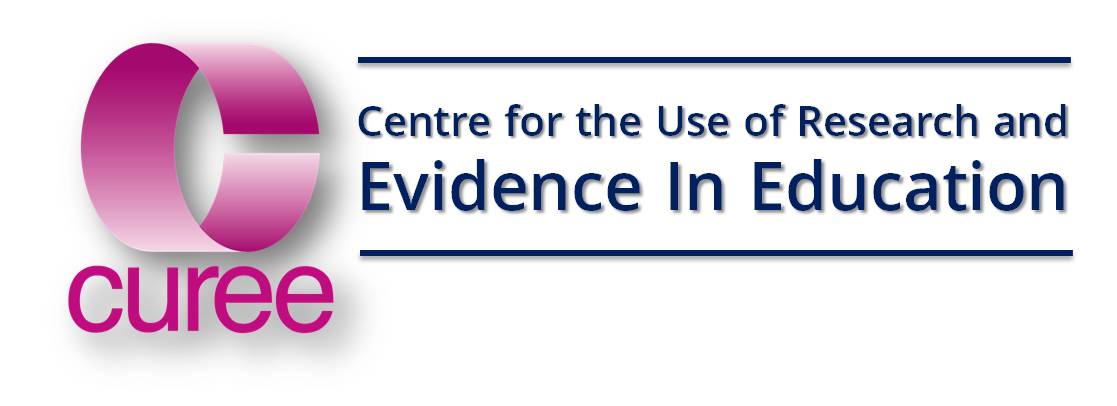As you will know from the transcript, Max is a GPT coming to the end of his programme and he has been previously in a mentoring relationship with Laura who, due to sickness, has now been replaced by Ellen who we see in the animations. Ellen is a senior teacher in the school but seems a little nervous about mentoring Max because what you won’t know is that Max is actually the Headteacher’s son and a highly successful GPT.
I personally love the animations of Max and Ellen, his enthusiasm, but need for affirmation, is endearing. Ellen is trying hard in the core animation but really falling short of the mark and her blithe praise and the high score that she gives Max, instead of motivating him, really risks losing the learning opportunity for him. This reminds me of a research taster called “Why should we be careful about how we praise our pupils”. http://www.curee.co.uk/files/publication/1270114942/Why%20should%20we%20be%20careful%20about%20how%20we%20praise%20our%20pupils.pdf
It is in the Pulling Through pack and is one of the many nuggets of research followed by mini enquiry tools that CUREE has developed.

Developing skilled mentors
Developing skilled mentors
Developing skilled mentors